
OR
Opinion
PM Dahal's India visit: Will it be a 'historic' one?
Published On: June 1, 2023 09:00 AM NPT By: Kasam Pokhrel
_20230601075316.jpg)
Prime Minister Pushpa Kamal Dahal has embarked on his official visit to India. In his third innings as the prime minister of Nepal, Dahal has announced plans to make this visit a ‘historic’ one. The visit obviously holds great significance given the vast spectrum of Indo-Nepal ties. Nonetheless, before delving into its crux, context, and content, let's take a glimpse at some of the historic state visits by the executive head of Nepal in the political dispensation post restoration of democracy.
Koirala, Dahal, and Deuba
In December 1991, the then Prime Minister Girija Prasad Koirala, during the state visit to India as the first PM elected by the people after thirty years, stressed persuading India to take an interest in Nepal's economic growth. Discussions concerning concessions on tariffs and the export of Nepali goods to India were held. An agreement on water resources and development was signed. Six hydroelectric projects were agreed upon. The Indian side had applauded the visit as power-hungry India was to get Nepali electricity in return. The Indian media took it as India's "diplomatic victory".
Seventeen years later, Pushpa Kamal Dahal’s visit to India as the first Prime Minister of the Federal Democratic Republic of Nepal had been a gravity of attention for many. The five-day visit (September 14 – 18) in the year 2008 was marked by greater public expectation. A twenty-two-point joint press statement was released following the event. Cross-border crime handling, security concerns, floods, bilateral trade, infrastructure development, and hydroelectricity projects, inter alia, were discussed. PM Dahal praised the positive support of India throughout the peaceful democratic change in Nepal. The two counterparts had agreed to review, adjust, and update the 1950 Treaty of Peace and Friendship between Nepal and India.
Eight years later, in 2016, Dahal again visited New Delhi as the PM for the second time. During the visit, matters ranging from irrigation to civil aviation, bilateral trade to post-earthquake reconstruction, Pashupati Dharmashala to tourism cooperation, and Buddhist and Hindu pilgrim circuits were discussed. A twenty-five-point joint communique was released at the end.
In April 2022, Sher Bahadur Deuba visited New Delhi as the prime minister of Nepal for the fifth time. Four important projects were launched. Documents on the solar alliance, petroleum, and railway were exchanged. A joint vision statement on bilateral power sector cooperation was an achievement for both sides. His previous visit in 2017 during his fourth stint had brought a huge (forty-six-point) joint press release.
Crux, Context, and Content
When a few commentators question the reason behind Dahal's Delhi visit being hanging fire this time, some of them find no point in his going to India now. According to news reports, India is going to announce setting up a chemical fertilizer industry in Nepal. It'll be as technical and financial assistance. Likewise, other items on the agenda include around five agreements related to hydropower, energy trade, and the construction of transmission lines; Project Development Agreement of Phukot-Karnali (480 MW) hydroelectric plant and lower Arun (669 MW) in the pipeline; discussion of the export of Nepali electricity to Bangladesh via India; inter-governmental power trade agreement that will provide an overall framework for energy trade between Nepal and India; Indian assistance announcement on Integrated Check Post in Nepalgunj; handing over of a 17 km expanded railway line to Bijalpura, among others. The Indian side is expected to share the Detailed Project Report of Raxaul – Kathmandu railway. Similarly, discussions on a motorable road in Chandani – Dodhara, a cross-border digital payment system to facilitate people on both sides are to be held. The agenda also includes the amendment of the Nepal-India Transit Treaty. Likewise, issues of water resources, air routes, trade, commerce, tourism, security, floods, high-level exchange, and interactions at various levels between the two states are on the list. Nevertheless, these items should not distract the two friends from resolving serious matters such as border management. Albeit a change in context, the content remains almost the same over the years. Prospects, potentials, and prerequisites of the coming days are to be at the crux and content of the relations.
"Between Two" to "Among Many"
There are a few outstanding issues in the relations between the two countries. The Treaty of Peace and Friendship, 1950, is one of them. The Nepali public, in general, is of the opinion that the treaty is unequal given some disputed issues. India's response in this regard has been marked by the reiteration of "We're ready to do what Nepal wants". Nevertheless, the action differs by one hundred eighty degrees. Former ambassador of India to Nepal Ranjit Rae has explicitly written that Nepal has violated the treaty in a graver way than India has done. India's sentiment is expressed to have been hurt by Nepal's neutrality during the India-China border clash in 1962. He insists on saying that Nepal has benefited from the treaty more than India has. Ambassador Rae's comparison of India's insistence on the restructuring of the UN Security Council and Nepal's demand of amending the 1950 treaty is an utterly false analogy as the latter is a bilateral issue that can be addressed with the mutual consent of two parties while the former is a global issue that requires global consensus. Moreover, India's reluctance to receive the Eminent Persons' Group Report for years is not a good gesture. However, India's playing safe game these days and therefore hasn't been into controversy in Nepal, like the other neighbor has been recently. Today, India and Nepal enjoy friendship at regional and global levels as well. In a coma for a long time, SAARC, which failed due to vagaries of causes, is imploring for a new life. Geopolitical contests in the subcontinent are rising. In this context, South Asian unity and solidarity are pivotal. Regional integration through this historic association is crucial for all and most importantly for India as it is to materialize its goal of getting a seat at the global high table in the imminent future. Nepal and India should go hand in hand to reinvigorate SAARC. Systematic and significant update and upgrading of the role of Secretary-General are necessary. Good lessons from ASEAN are to be inculcated. In the meantime, India should play a proactive preface in making the secretariat functional and enthusiastic on south affairs. BIMSTEC, BBIN are other areas of mutual cooperation within the regional and subregional frameworks. Meanwhile, Nepal and India share common positions on major global issues at the United Nations. Nepal time and again repeats the support for India's candidate for permanent membership at the UN Security Council. Furthermore, they have been opposing terrorism in all its forms and manifestations, calling on the international community for early finalization and adoption of a comprehensive convention on international terrorism by the UN General Assembly.
Path Ahead
As Nepal's struggle to put her own house in order seems to be perennial, India's support through ebbs and flows is necessary. Nepal should also assure India of not giving its soil to use against it. It is through actions rather than words in the documents that Nepal should build trust and confidence. Prioritizing people-to-people contact is vital. Likewise, India should keep up with changes ongoing in Nepal. Renewing its spectacles in viewing Nepal is required. There is no space for ritualistic visits these days. History will evaluate how 'historic' Dahal's India policy has been. Injecting new dynamism into the amity in tune with the realities of time is a must. Meanwhile, both Nepal and India should rationalize and raise the efficacy of the existing mechanisms for strengthening the ties. Such high-level exchanges assist in maintaining the momentum towards heightening the cordial ties between the two countries. As the public on both sides is keeping tabs, it must not be long in rhetoric and short in achievement.
You May Like This
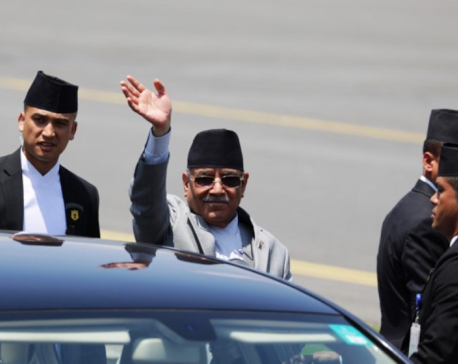
I am encouraged by the statement of Indian PM Modi to resolve border dispute: PM Dahal
KATHMANDU, June 4: Prime Minister Pushpa Kamal Dahal has said that he is encouraged by the statement of Indian Prime... Read More...
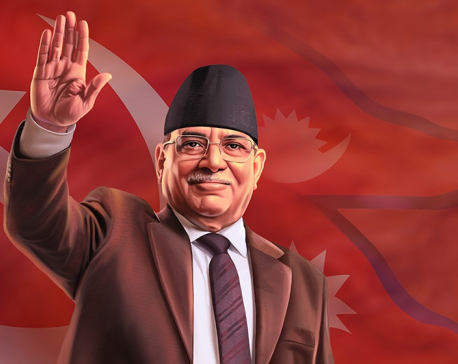
Charting a New Path: PM Dahal's Imperative Agenda for his India visit
Prime Minister Pushpa Kamal Dahal embarks on an official visit to India in the midst of a bustling South Asian... Read More...
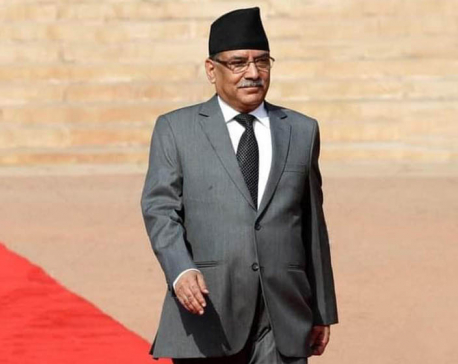
PM Dahal leaving for India today to attend Indian PM Modi's swearing-in ceremony
KATHMANDU, June 9: Prime Minister Pushpa Kamal Dahal is going to India today. He will leave for New Delhi this... Read More...
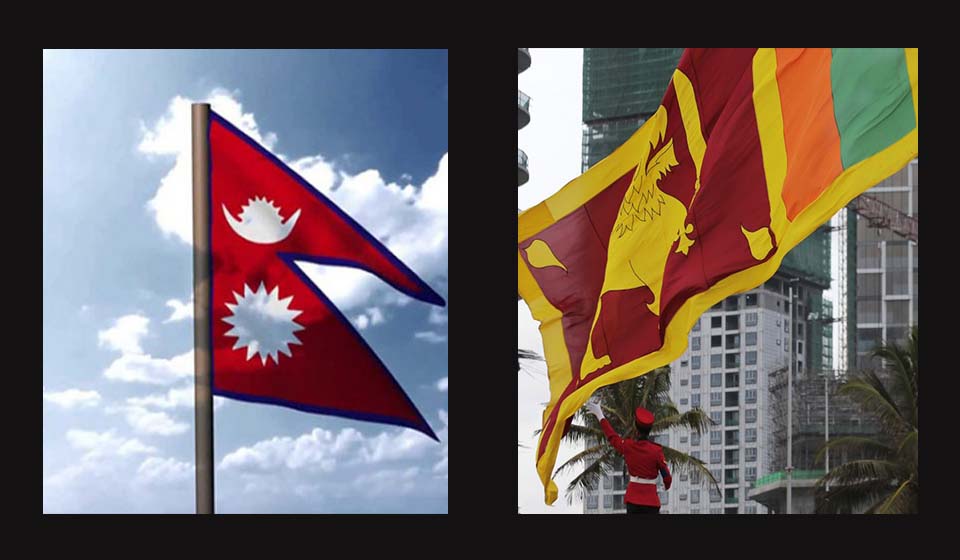
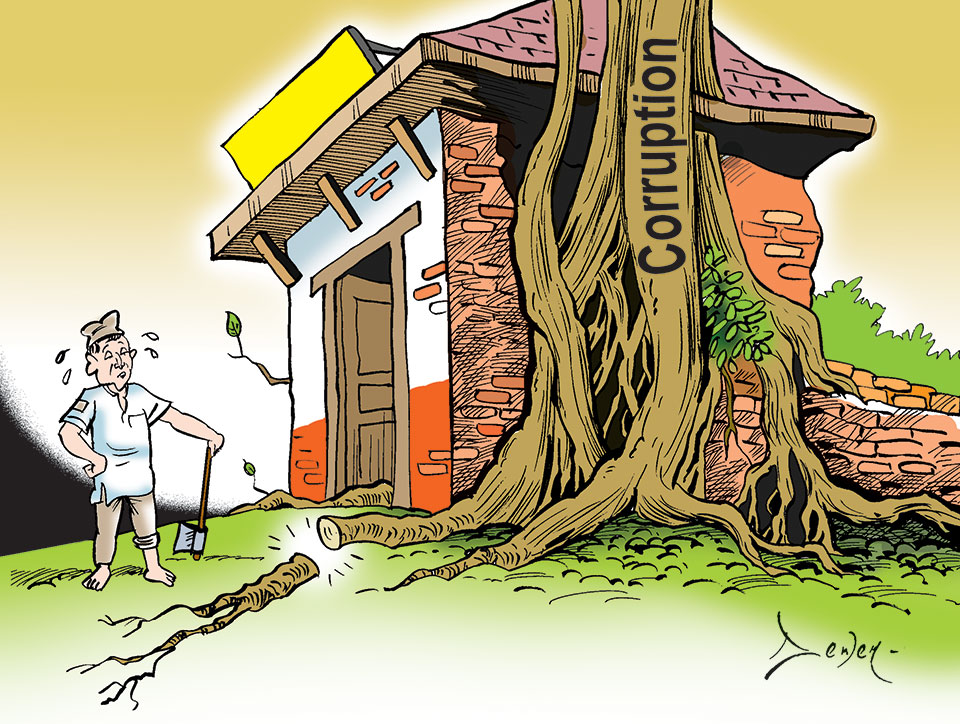
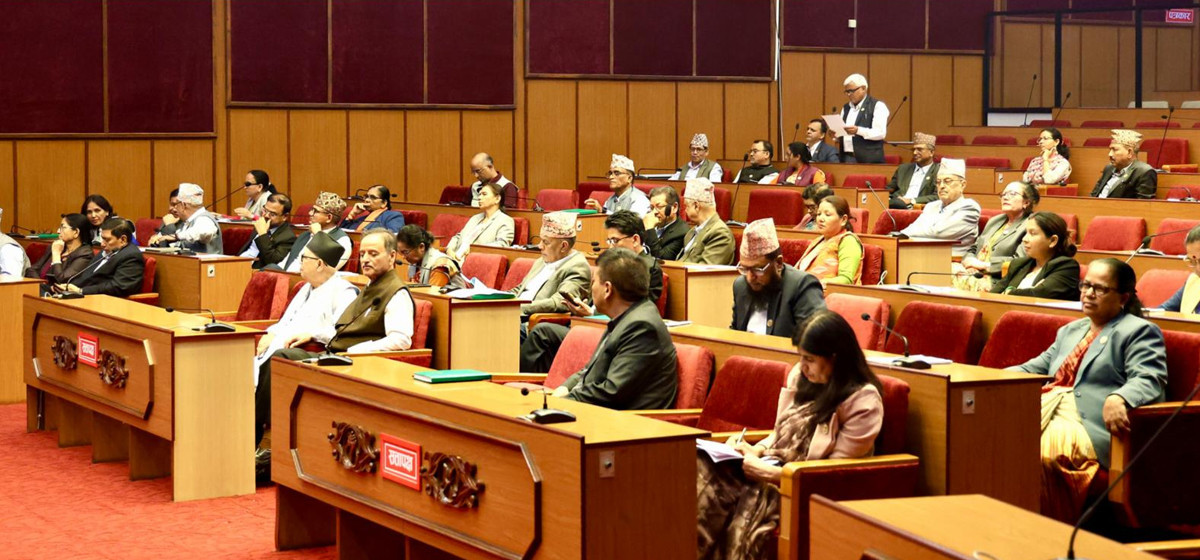
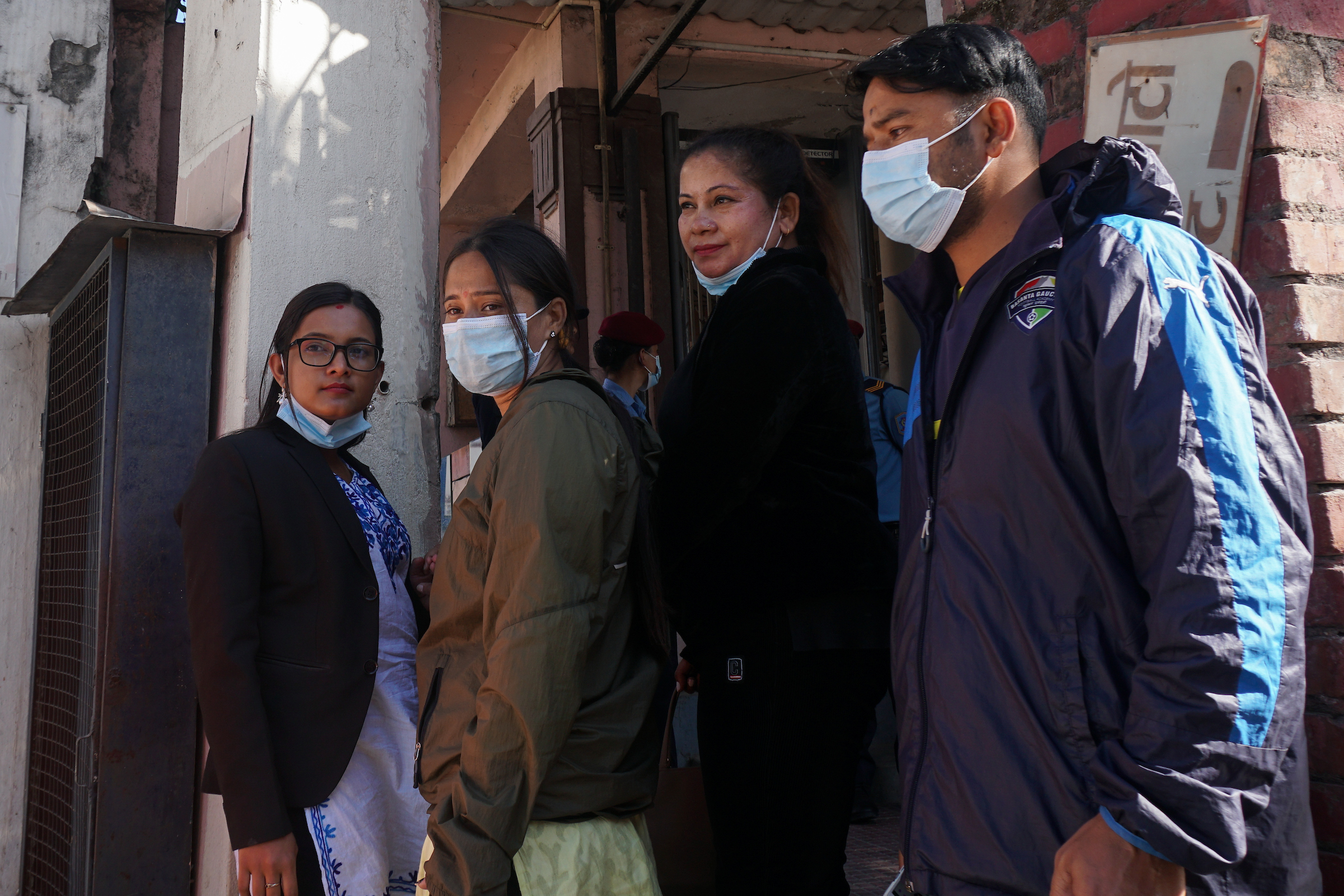

Just In
- Govt decides to lift ban on TikTok with conditions
- National Assembly endorses TRC Bill
- UN HR Chief welcomes adoption of transitional justice law in Nepal, calls for victim-centered implementation
- Nepal’s Reckoning With Presidential Pardons
- SC issues interim order to halt retirement of police officers on ground of 30-year service limit
- National Assembly unanimously approves Nepal Bar Council (Second Amendment) bill
- Experts advise govt to introduce new policy to address labor issues
- Justice Phuyal to hear petition demanding removal of 30-year service period in police service




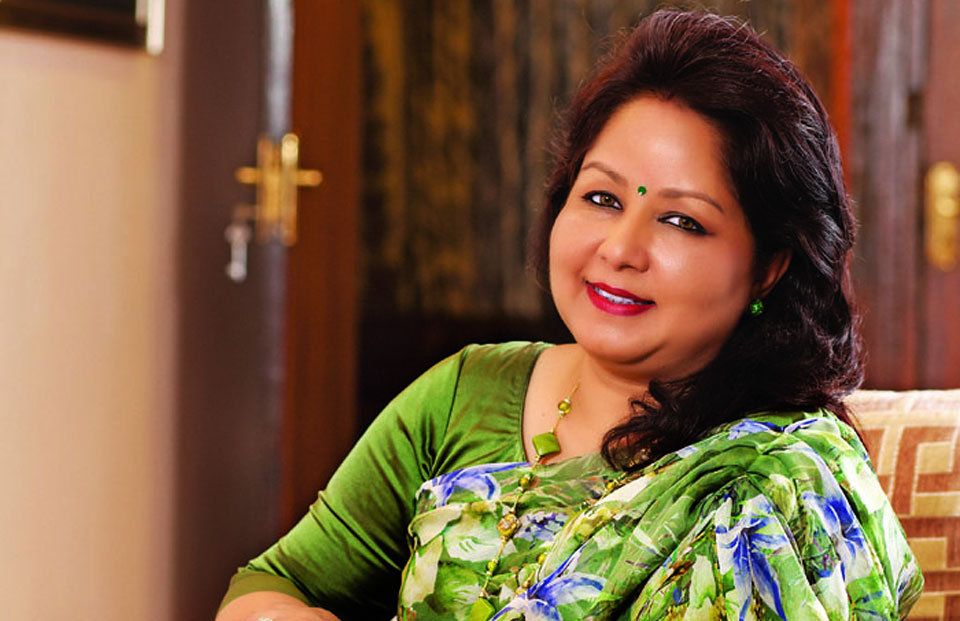
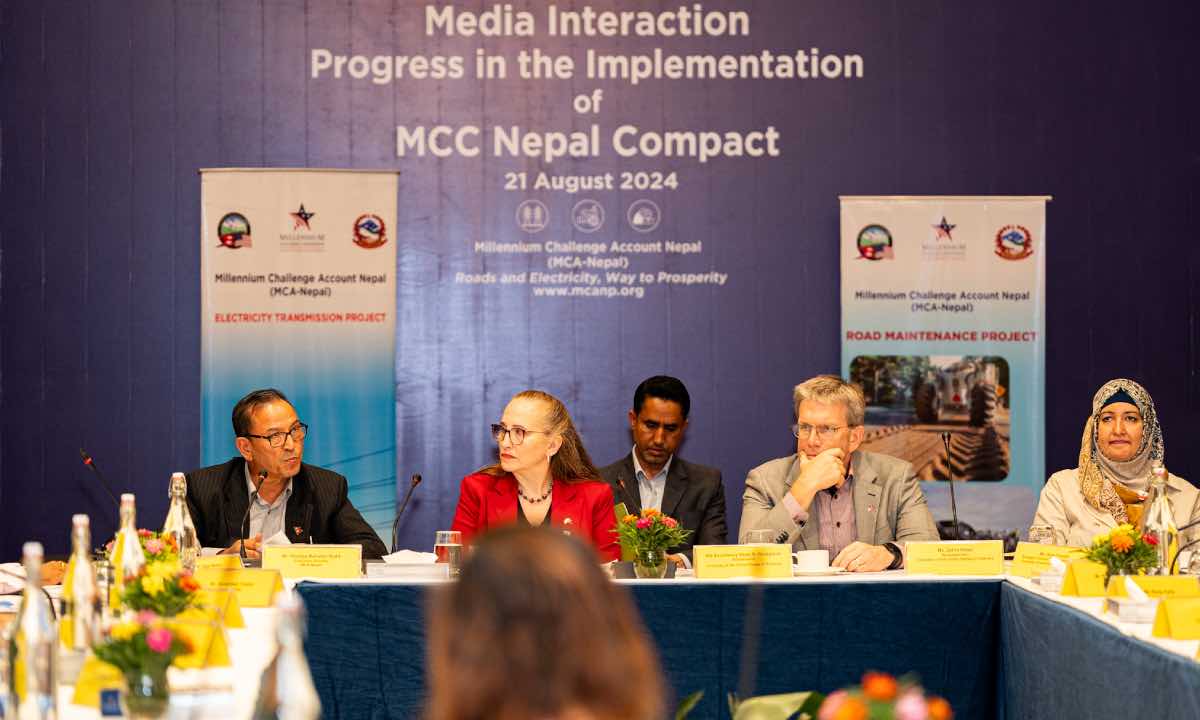

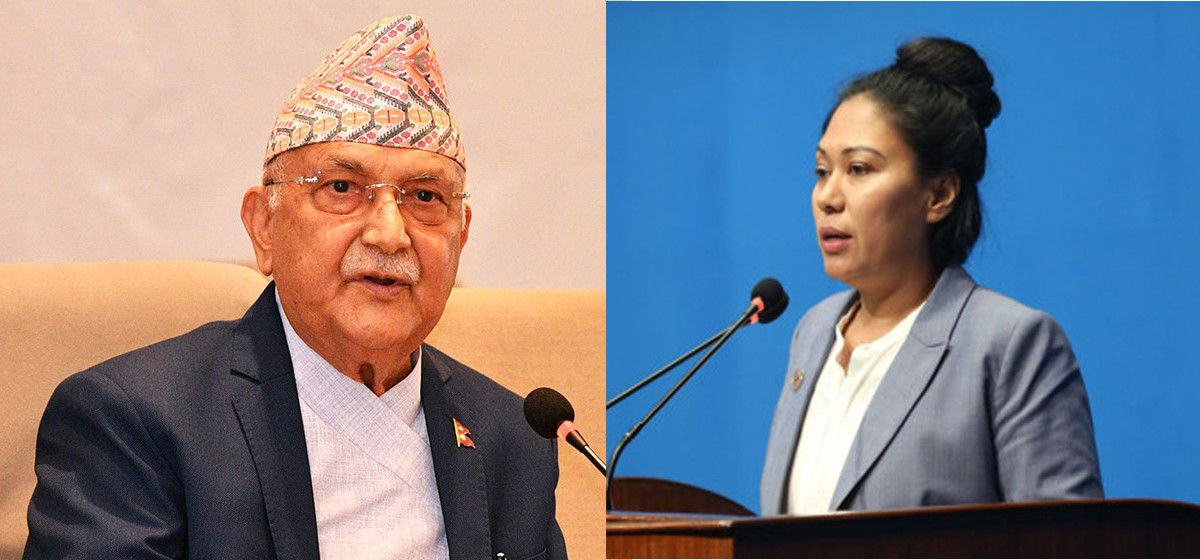



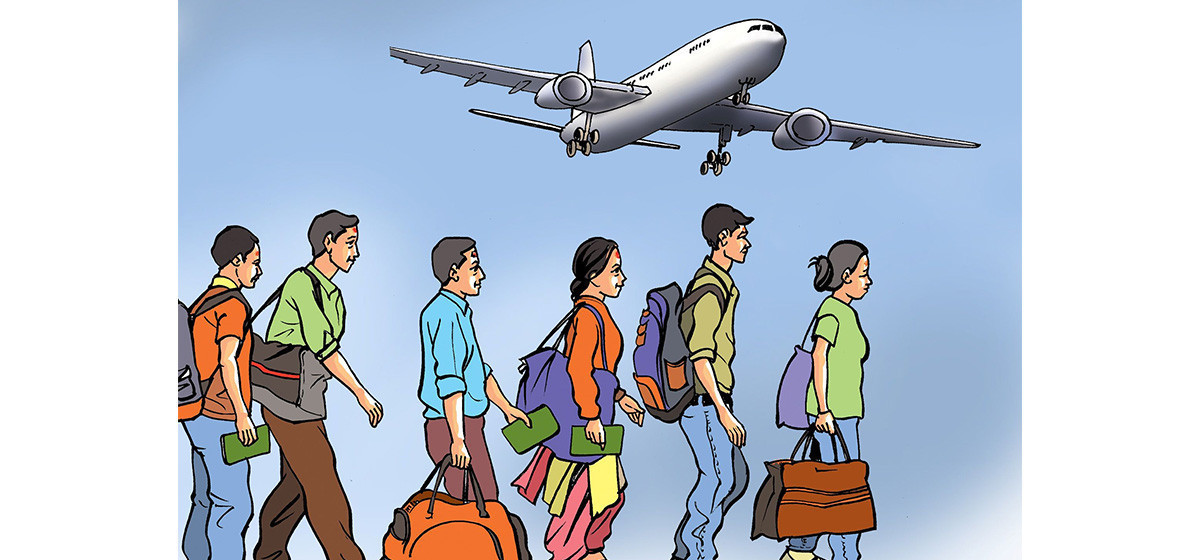

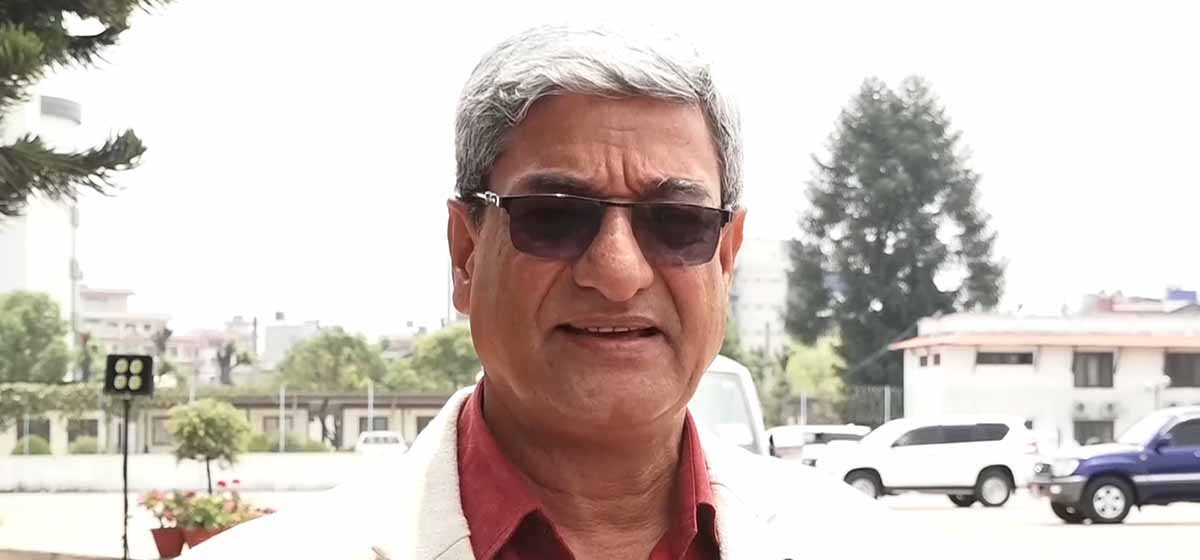
Leave A Comment